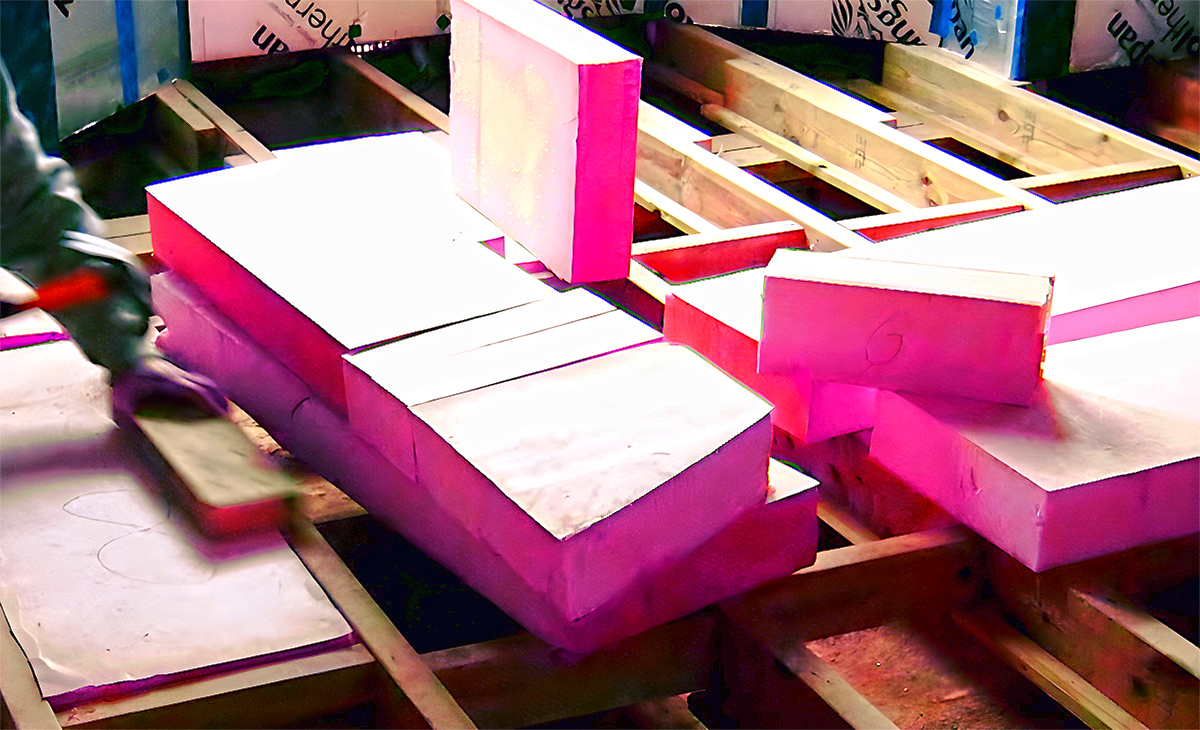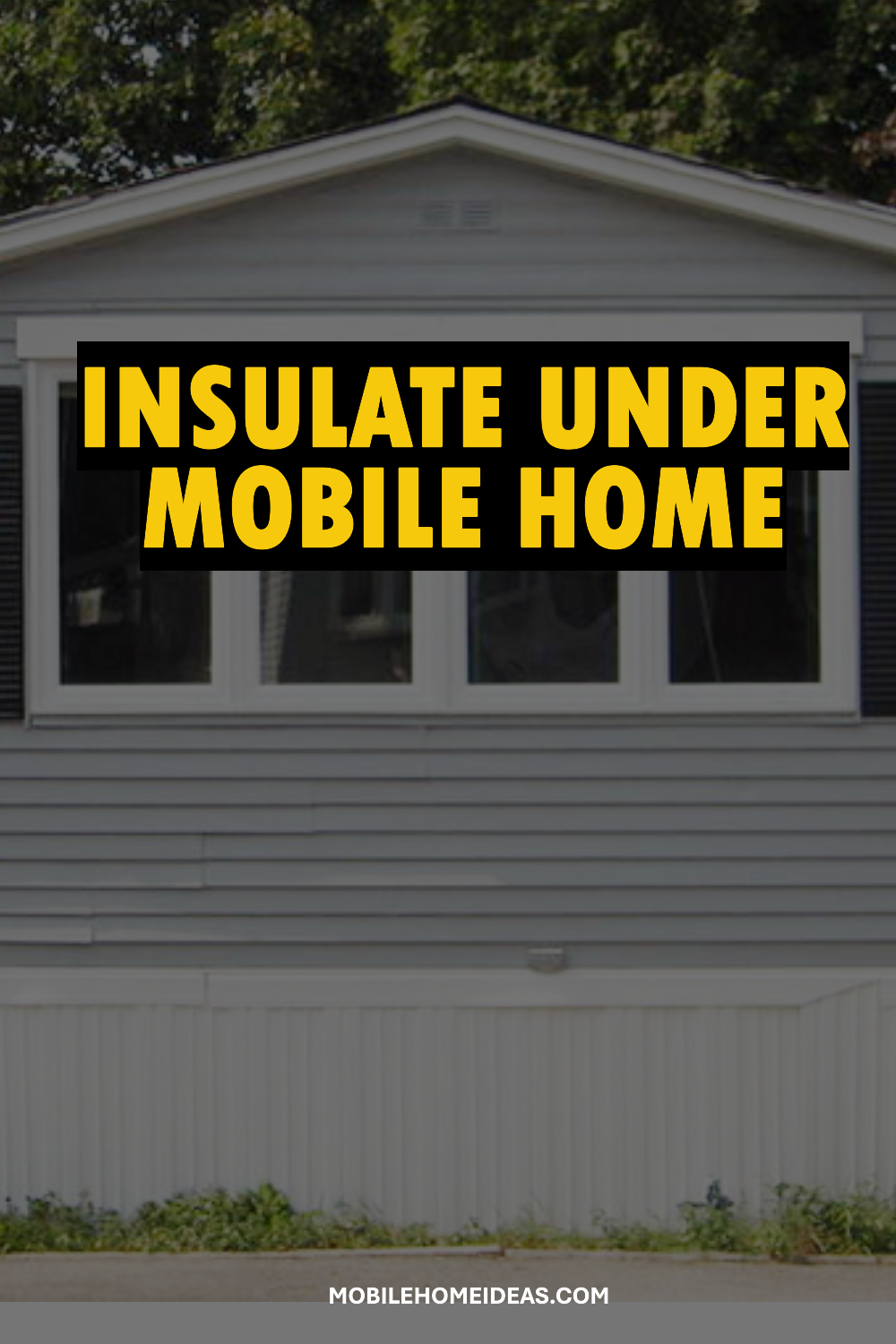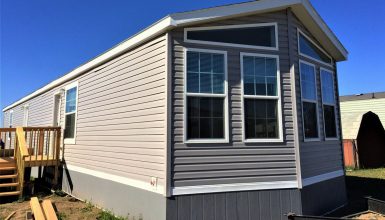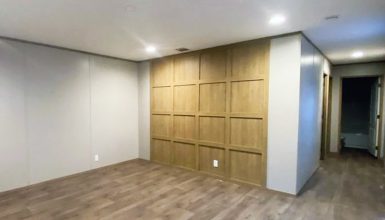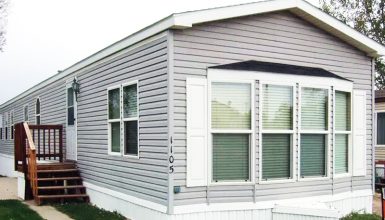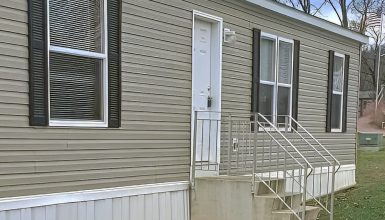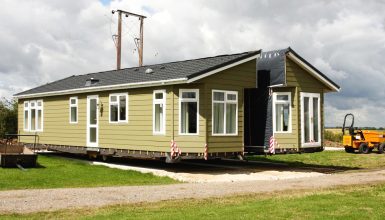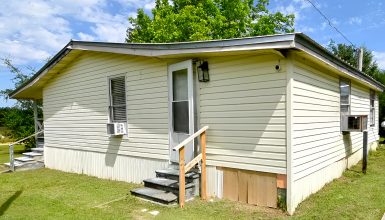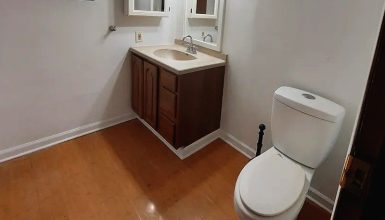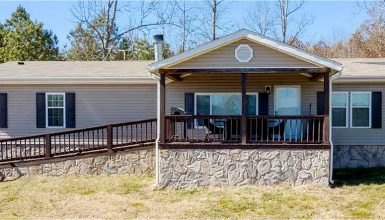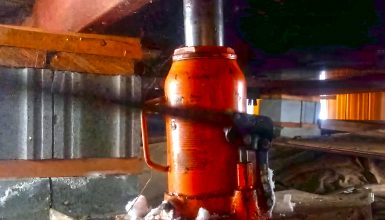Insulating a mobile home is more than just a weekend project. It’s a smart move that pays off big time. Think about this: A well-insulated home keeps the warmth in winter and the cool air in summer. That means lower energy bills every month. And who doesn’t love saving money?
But there’s more to it. Insulation also makes your home more comfortable. You won’t have to bundle up indoors during a cold spell or sweat it out when it’s hot outside. It’s all about enjoying a cozy, pleasant space year-round. So, let’s dive into effective methods to insulate under a mobile home.
1. Fiberglass Batt Insulation
Fiberglass batt insulation is like the cozy blanket of your home. It’s fluffy and comes in rolls or batts. You just fit it between the joists under your mobile home. Easy, right? Here’s the deal: you unroll the batts and lay them flat, covering the entire space. Just make sure to wear gloves and a mask because fiberglass can be itchy and shouldn’t be inhaled.
The pros? It’s affordable and does a good job of keeping your place warm. Plus, it’s pretty easy to install. But on the flip side, it can get damp and lose effectiveness if not properly sealed. And it’s not the best at blocking air leaks.
2. Foam Board Insulation
The foam board is like a superhero shield for your home. It’s rigid, comes in sheets, and is excellent at stopping heat from escaping. You cut it to size and fit it between the joists under your mobile home. Some foam boards have a reflective surface that sends heat back into your home, which is pretty neat.
It’s got a bunch of pluses. It’s stronger than fiberglass and doesn’t soak up water. Plus, it’s great for tight spots. But it’s a bit more costly, and cutting it to fit just right can be a bit of a puzzle.
3. Spray Foam Insulation
Spray foam insulation is a bit like magic. You spray this foam, and it expands to fill gaps and cracks. It’s perfect for those weird nooks and crannies under your mobile home. Plus, it creates an air seal, which is a huge bonus.
Ideal for sealing leaks, spray foam is a champ at keeping your home cozy. It’s a bit pricier, but it’s a top-notch insulator. However, applying it can be tricky and is best left to the pros. And once it’s in, changing anything around it can be tough.
4. Underbelly Wrap
Underbelly wrap is like a protective coat for your mobile home’s underside. It’s a durable material that you roll out and secure under your home. Picture wrapping a big gift – that’s pretty much how it works. You start by cleaning the area, then roll out the wrap and secure it with special fasteners.
Why use it? First off, it’s a great shield against cold and moisture. Plus, it helps keep your floors warm and toasty. It’s not super expensive and can really bump up your home’s comfort level.
5. Skirting Insulation
Skirting insulation covers the gap between the ground and your mobile home. It’s like putting a warm scarf around your home’s neck. You get panels made from insulating materials and attach them around the base of your home.
Here’s how you do it: Measure the area, cut the panels to size, and then fix them in place. It’s a bit like building a fence. The cool part? Not only does it keep your home warmer, but it also makes it look neat. It’s a double win – better insulation and a nicer-looking home.
6. Bubble Wrap Insulation
Now, bubble wrap isn’t just for popping! It’s a nifty, low-cost way to insulate. You take sheets of bubble wrap and attach them under your mobile home. It’s as simple as cutting the wrap to size and sticking it in place.
This DIY project is easy on your wallet and surprisingly effective. The air pockets in the bubble wrap trap heat, making it a good insulator. It’s not the most durable option, but it’s pretty neat for a quick, budget-friendly fix.
7. Rock Wool Insulation
Rock wool insulation is like a fortress for your mobile home. Made from natural stones and recycled materials, it’s tough and dense. It comes in batts, just like fiberglass, but it’s heavier and more fire-resistant.
Installing rock wool is similar to fiberglass, but remember, it’s a bit bulkier. Safety first – wear gloves and a mask, as the fibers can be irksome. Cut it to fit between the joists under your home, and you’re set.
So, why rock wool? It’s a champ at blocking heat and sound. Plus, it’s not fazed by moisture and doesn’t burn easily. Rock wool is a solid pick if you’re looking for sturdy and safe insulation.
8. Weatherproofing Seals
Weatherproofing seals are like the final touches on a masterpiece. They close up any gaps or cracks under your mobile home. Think of it as plugging leaks in a boat.
First, you have to play detective. Look for any gaps or holes under your home. Then, it’s time to seal them up. Use materials like caulk or foam sealant. Just apply them along the gaps, and they’ll harden, blocking any sneaky drafts.
This step is crucial. It boosts your insulation efforts, keeping the warm and cold air in. It’s a small task with big rewards – a warmer, cozier home with lower energy bills.

